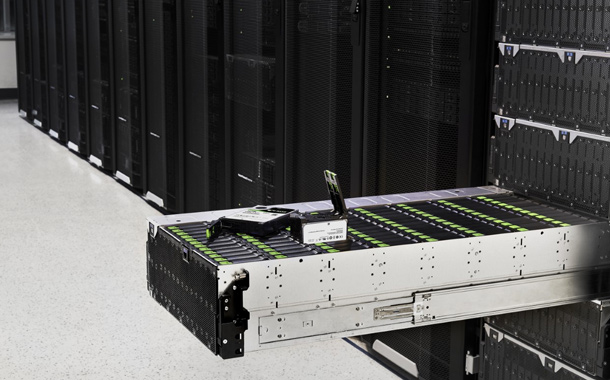Data is now an essential asset to businesses in every vertical, just as physical capital and intellectual property are. Data growth, with ever-increasing quantities of both structured and unstructured data, will continue at unprecedented rates in coming years. Meanwhile, data sprawl — the increasing degree to which business data no longer resides in one location but is scattered across data centres and geographies — adds complexity to the challenges of managing data’s growth, movement and activation.
According to the new Seagate-sponsored report from IDC, Future-proofing Storage: Modernizing Infrastructure for Data Growth Across Hybrid, Edge and Cloud Ecosystems, as storage associated with massive data sets continues to grow, so will its gravitational force on other elements within the IT universe. Organizations worldwide are seeing hybrid architectures, predictable total cost of ownership (TCO), addressing storage management complexity, and enabling data economy.
Data gravity is a consequence of data’s volume and level of activation. Basic physics provides a suitable analogy: a body with greater mass has a greater gravitational effect on the bodies surrounding it. A large and active dataset will, by virtue of its complexity and importance, necessarily affect the location and treatment of the smaller datasets that need to interact with it. So, data gravity reflects data lifecycle dynamics, and must help inform IT architecture decisions.
Managing, analysing and activating data also relies on applications and services, whether those are provided by a private or public cloud vendor or an on-prem data management team. Applications collect and generate data, as well as consume, analyse, and aggregate it; a lot of work has to happen on the data. Naturally, the more massive a data set grows, the harder it is to make use of that data unless it is close to the applications and services that help to manage or activate the data. So, applications and services are often moved close to the data sets, or are kept near the data sets. From on-premises data centres, to public clouds and edge computing, data gravity is a property that spans the entire IT infrastructure.
Data gravity has a profound impact on enterprise data management planning — from defining an overall IT strategy to formulating a business initiative. While an organisation may have a good idea of what its data gravity considerations are today, they may not be the same five years from now Additionally, data management and the data architecture to support it must be agile and be able to adapt to shifting business needs, new data requirements, and emerging technical opportunities. Learn more about overcoming the growing complexity of storage management with Seagate’s data storage systems.
Download Whitepaper




